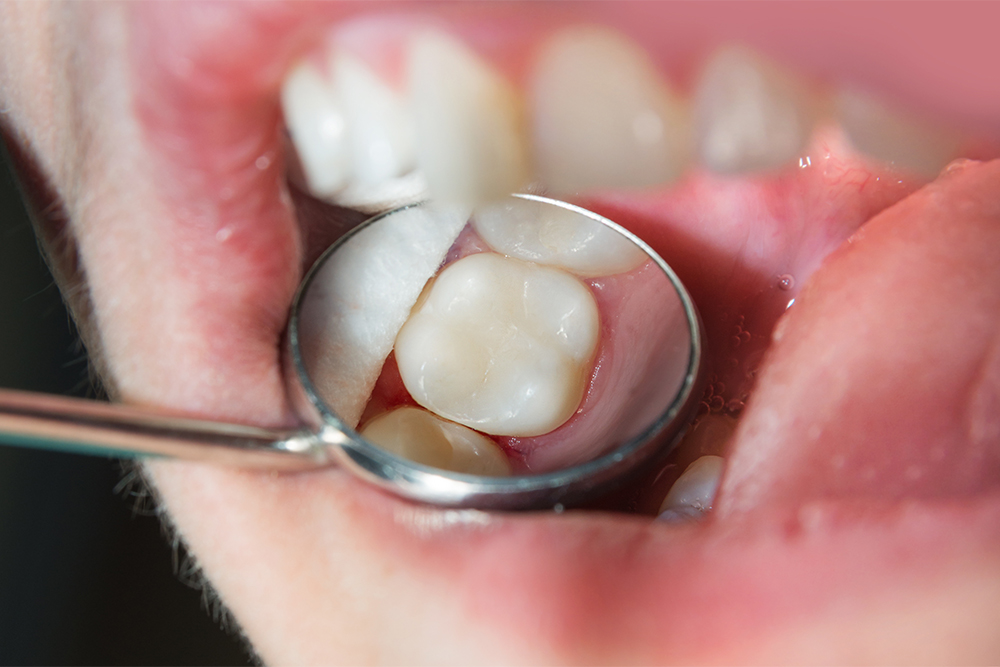Root Canals

A “root canal” is a treatment of the pulp of the tooth that is inflamed, infected, or dead. The pulp is a soft substance in the center of the tooth that consists of nerves, blood vessels, and connective tissue. The pulp chamber is the hollow part in the center of the tooth that contains the pulp, and it continues down canals that extend through the roots of teeth and into the surrounding bone. During a root canal procedure, the nerve and pulp are removed and the inside of the tooth is cleaned and sealed.
Root canal procedures save teeth. Millions of teeth are treated and saved each year with a root canal. To understand a root canal procedure, it helps to know about the anatomy of the tooth. Inside the tooth, under the white enamel and a hard layer called the dentin, is a soft tissue called the pulp. The pulp contains blood vessels, nerves, and connective tissue, and helps to grow the root of your tooth during development. There are many things that can damage the pulp or nerve of the tooth. Infection of the pulp can be caused by trauma to the tooth, deep decay, cracks, and chips, or repeated dental procedures. Symptoms of the infection can be identified as visible injury or swelling of the tooth, sensitivity to temperature, or pain in the tooth and gums.
Endodontic treatment is necessary when the pulp becomes inflamed or infected. During root canal treatment, the inflamed or infected pulp is removed and the inside of the tooth is carefully cleaned and disinfected, then filled and sealed with a rubber-like material called gutta-percha. Afterward, the tooth is restored with a crown or filling for protection. After restoration, the tooth continues to function like any other tooth.



